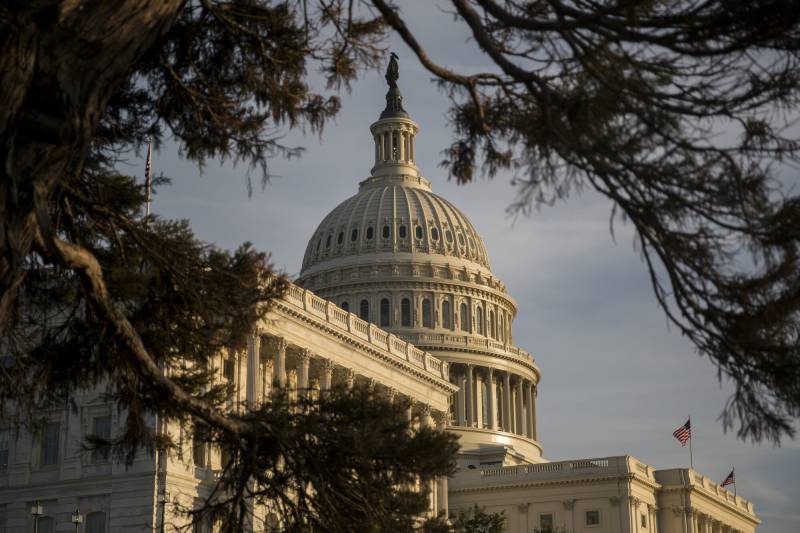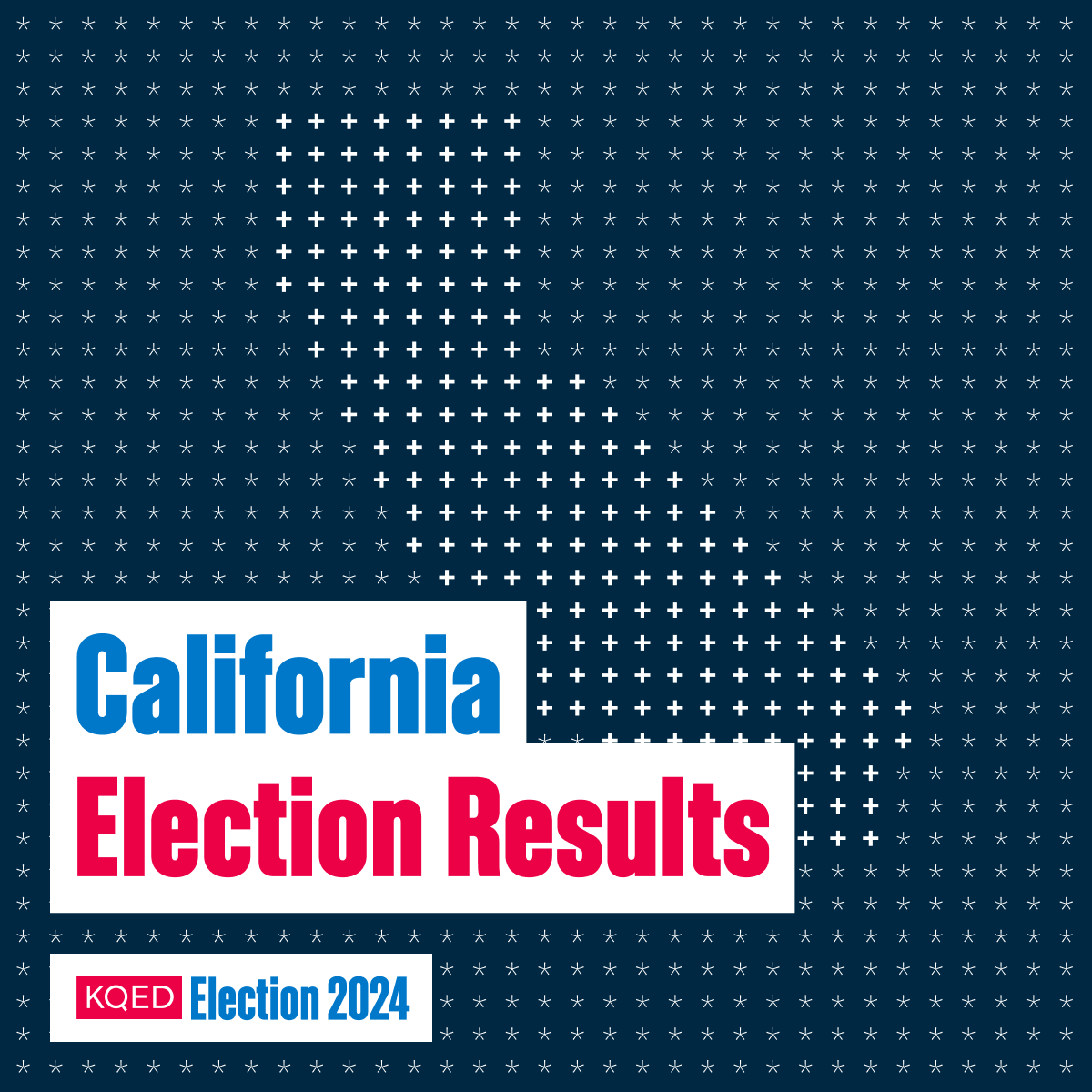District 22: The Central Valley’s other swing district, around Bakersfield, featured another rematch from the 2022 midterms. Incumbent Republican David Valadao leads Democrat Rudy Salas, a former state assemblymember, 55% to 45%, with an estimated 56% of ballots counted in the district, according to the AP. Valadao was one of the 10 Republicans who voted to impeach Donald Trump in the aftermath of the Jan. 6, 2021, attack on the U.S. Capitol. In a campaign focused heavily on cost-of-living issues, Salas touted his vote against a 2017 increase in California’s gas tax.
District 27: Republican Congressman Mike Garcia is outpacing Democrat George Whitesides, the former CEO of Virgin Galactic, 51% to 49%, with the AP estimating 68% of the vote counted. Garcia has been a top target of Democrats since winning office in 2020, but the former fighter pilot had beaten back previous challenges despite the Democratic leanings of the district, which covers the Santa Clarita and Antelope valleys. Whitesides was able to spend more than $1 million of his own money on the campaign, but in the closing weeks of the race, Republicans hammered him for his previous support of embattled Los Angeles District Attorney George Gascon, who lost his reelection bid.
District 41: In Riverside County, Republican Ken Calvert narrowly outpaces Democrat Will Rollins 50.5% to 49.5%, with just over 69% of the vote counted. Rollins, a former federal prosecutor and formidable fundraiser, challenged Calvert after losing to the longtime incumbent in 2022. Rollins and allies attacked Calvert for self-dealing and corruption, but faced new headwinds from the growing support in the Coachella Valley for Trump, who visited the area in the closing weeks of the campaign.
District 45: In Orange County, Republican Michelle Steel is running ahead of Democrat Derek Tran, 52.5% to 47.5%, which AP estimates reflects 66% of the vote. The election saw more spending from outside groups than any House contest in the country, as super PACs poured more than $34 million into the race. The district is centered on Westminster and Garden Grove, home to large Vietnamese-American communities, which Democrats hoped would propel Tran, a U.S. Army veteran and son of Vietnamese refugees, to victory over Steel, a battle-tested campaigner.
District 47: In the only open seat among California’s most competitive contests, Republican Scott Baugh leads Democrat Dave Min 51% to 49%, with an estimated 71% of the vote in. The two were running to succeed Porter, who opted to run for the U.S. Senate instead of seeking a fourth term in the House. The district’s strong base of highly educated, suburban residents put abortion front and center in the race, with Min supporting federal protections and Baugh opposing them. Polling showed that Min’s arrest for a DUI in 2023 stuck in the minds of voters, particularly after it was repeatedly highlighted by one of Min’s Democratic primary opponents.
District 49: In the brightest early news for Democrats, incumbent Mike Levin leads Republican Matt Gunderson, an auto dealership owner, 51% to 49%, with 70% of the vote counted in the coastal district that includes parts of Orange and San Diego counties. Levin was elected in the Democrats’ 2018 “Blue Wave” but faced a strong challenge from Gunderson, whose vocal pro-choice stance stymied a strong issue for Democrats.


